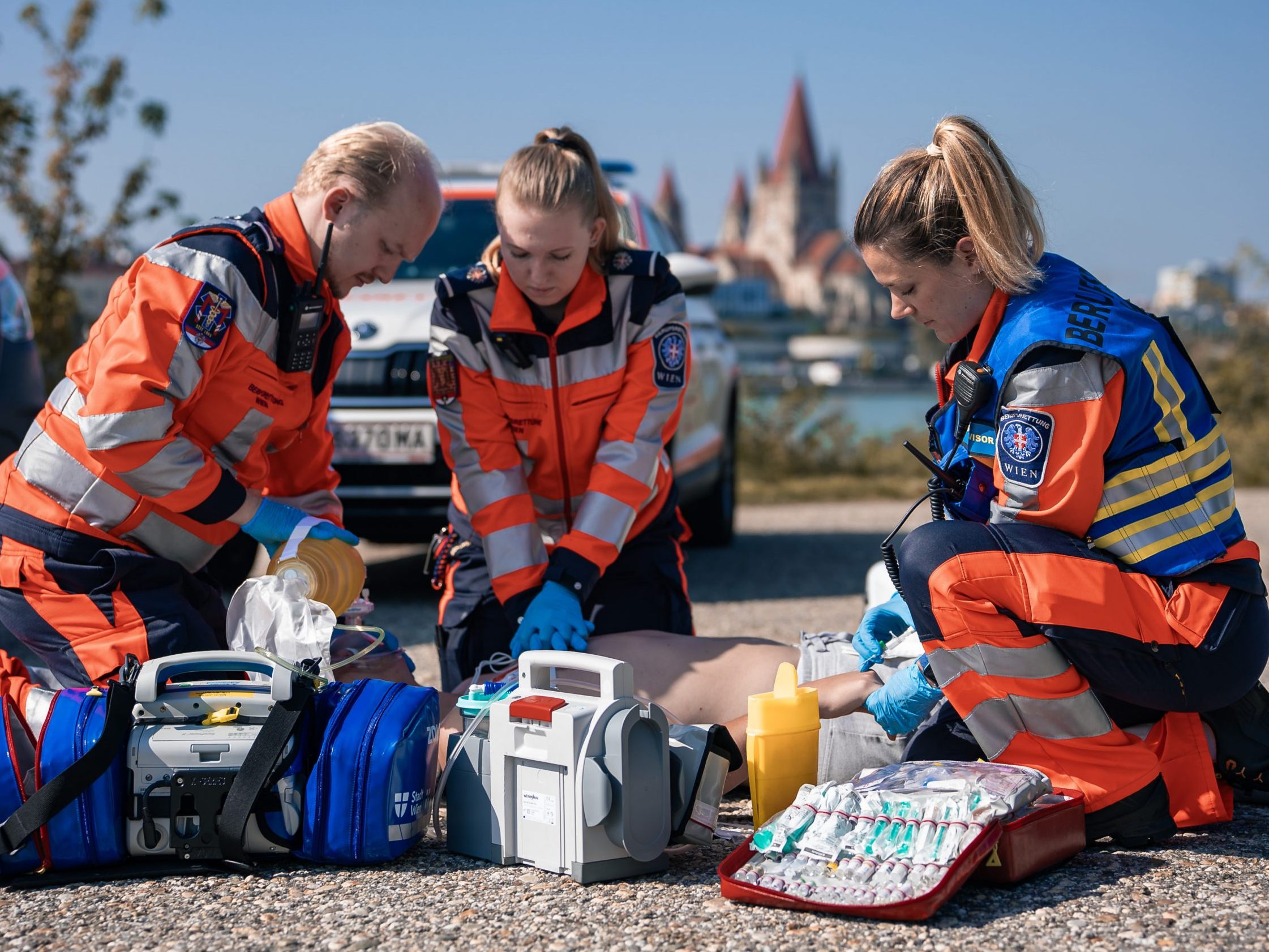Resuscitation Success in Vienna: Survival Chances Significantly Increased

This is according to a new study by the Vienna Professional Rescue Service in collaboration with the Medical University of Vienna, published in the journal "medRxiv". The reasons for this, according to a press release, are the quick response of first responders, the increasing use of defibrillators, and resuscitation by the professional rescue service.
The ten percent increase refers to cardiac arrests outside a clinic and resuscitation performed on patients with a good initial situation over the past 15 years. The study compared datasets from the years 2009 to 2010 with those from the period 2019 to 2023. "For the current evaluation, data from nearly 7,500 patients were used. This data is collected and evaluated anonymously in the Vienna Cardiac Arrest Registry (VICAR)," explained Sebastian Schnaubelt, senior physician of the Vienna Professional Rescue Service. Since 2008, this registry has recorded preclinical measures for cardiac arrest in Vienna and is used for research purposes as well as for quality assurance of advanced resuscitation measures.
Success in Resuscitation in Vienna: First Responders and Defibrillators as Reasons for Improvement
"This strong improvement from 29 to 39 percent shows how well the rescue chain functions from the first responders, through the availability of defibrillators, the professional care of the rescue teams, to the rapid further care in the clinics," said Rainer Gottwald, head of the Vienna Professional Rescue Service.
"First responders have a particularly valuable share in this success. In 34 percent of cases, they immediately began life-saving chest compressions, thus setting the rescue chain in motion without delay," explained study leader Schnaubelt. Another important piece of the puzzle is the early use of public access defibrillators. These are freely available in many places in the city. Additionally, the Vienna rescue control center sends the police, the Vienna professional fire brigade, and qualified helpers to the respective emergency location via a mobile app. Through the continued resuscitation by the Vienna Professional Rescue Service, 25 percent of all treated individuals were able to return directly to an independent circulation.
More Patients in Vienna Leave Clinic in Good Neurological Condition
The number of patients leaving the clinic in a good neurological condition has also increased from 25 to 30 percent during the comparison period. "Only a rapid and seamless rescue chain makes further care in the clinic, such as with advanced individual therapy options in the cardiac catheter, possible," said Alexander Niessner, head of the cardiology department at the Landstraße Clinic.
(APA/Red)
This article has been automatically translated, read the original article here.





